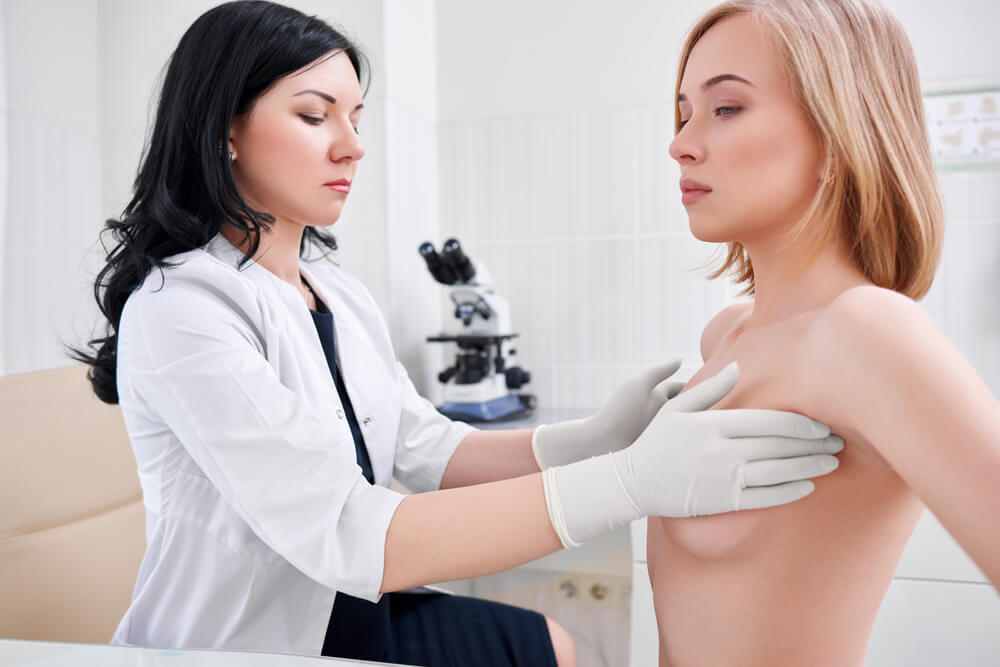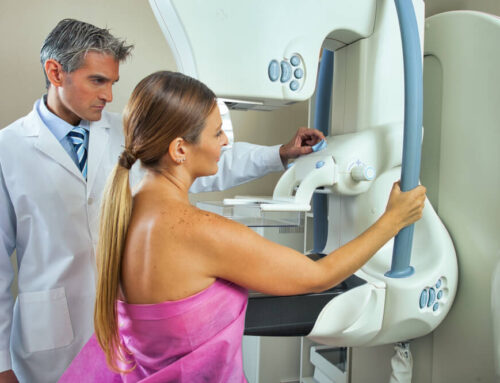The journey through breast cancer entails many changes, some of which transcend beyond the disease. A potential outcome of breast surgery that often remains unanticipated is breast Lymphedema. It’s a persistent condition characterized by extensive fluid accumulation in the body parts, primarily resulting from damage or obstruction to the lymphatic system during surgery or radiation therapy.
Lymphedema, a common occurrence after breast cancer treatment, often manifests as swelling, known as Lymphedema after surgery. The removal or damage of lymph nodes during surgery or radiation therapy can contribute to this development. It stimulates a blockage in the lymphatic system, causing lymph fluid to accumulate and resulting in swelling, typically in the arm or hand.
Focused attention on early detection and swift commencement of Lymphedema management techniques can significantly alleviate the potential discomfort and limit the disruption to everyday life. Recognizing the signs of Lymphedema early is essential, as immediate treatment often leads to better outcomes. This elucidates the critical need for a robust comprehension of the condition to manage and navigate the treatment journey post-breast surgery effectively. For comprehensive care and guidance in dealing with Lymphedema after mastectomy, consider reaching out to Breast Care Center Miami.
Detailed Look at Lymphedema
Causes and Common Symptoms
Lymphedema often arises post-operatively as a side effect of breast surgery or radiation therapy. Both can damage or remove lymph nodes, creating a chronic lymphatic obstruction. This block disrupts the normal flow of lymph fluid, leading to its accumulation in the tissue spaces, typically in the arms or breasts. Risk varies, influenced by the type and extent of cancer treatment and individual health factors.
Common symptoms include:
- A feeling of heaviness, tightness, or fullness in the arm or chest.
- Restricted range of motion.
- Aching and visible swelling.
- Skin changes and recurrent infections may also occur.
Recognizing these symptoms promptly can enhance the effectiveness of lymphedema management techniques, which is crucial to mitigating the condition’s long-term physical and psychological effects.
The Process of Diagnosing Lymphedema
Accurate diagnosis of Lymphedema typically involves a thorough clinical history and physical examination. The healthcare practitioner needs to have a complete understanding of the patient’s medical history, including previous breast cancer treatment and the onset of symptoms.
Diagnostic tests such as lymphoscintigraphy, MRI, or Doppler ultrasound may be used to visualize lymphatic flow and establish the presence of Lymphedema. Regular self-examinations for changes in size, shape, texture, or skin color are also beneficial for early detection and lymphedema reduction techniques.
Consulting a healthcare provider at the earliest symptom manifestation can expedite diagnosis, phrase those seen as guardians, and secure prompt initiation of appropriate treatment.
Management Strategies for Lymphedema
Overview of Treatment Options Available
Lymphedema treatment aims to reduce swelling after mastectomy and maintain a healthy lymphatic system. Many options exist, such as prioritizing lymphedema management techniques and non-invasive treatments. Using compression garments for swollen lymph nodes after surgery, such as sleeves and gloves, helps curtail swelling by providing gentle pressure on limbs.
Manual lymph drainage, a massage technique that stimulates the flow of lymph fluid, and lymphatic drainage therapy – a more specialized form of massage, can be highly adequate. Trained therapists usually perform these treatments, although simple techniques can be learned for home use. Pneumatic compression for Lymphedema involves a device with multiple chambers that inflate in sequence to mobilize fluid.
Mild exercises designed for Lymphedema can boost lymph circulation and enhance overall well-being. In some cases, surgical treatment options may provide relief, especially in advanced stages of Lymphedema where more conservative measures have proved ineffective.
Role of Self-care in Managing Lymphedema
Lifelong self-management lymphedema strategies are fundamental to controlling Lymphedema. This involves incorporating a specialized routine into daily life. Precautions include avoiding injurious activities and maintaining optimal body weight to minimize undue stress on the lymphatic system.
Self-application of compression garments, bands, and tapes can encourage lymph fluid redistribution. Regular exercise can also aid mechanical lymphatic drainage. Complementing professional lymphedema physical therapy can ensure more sustained results.
Embracing adequate skin care to prevent infections, understanding how to respond to symptom exacerbation, and regular follow-ups with healthcare providers are essential aspects of self-care. Proactive intervention and education can foster an improved quality of life while efficiently navigating the journey of managing Lymphedema.

Living with Lymphedema After Breast Surgery
Emotional Impacts and Coping Strategies
Coping with the physical manifestations of Lymphedema can be challenging enough, but the psychological and emotional struggle may often bear more significant weight. Feeling self-conscious about body image changes, coupled with fears about cancer recurrence, can lead to substantial emotional distress. Harnessing coping strategies, such as counseling, support groups, and seeking educational resources about Lymphedema, can substantially assist in navigating the emotional landscape.
Activity engagement that imparts a sense of control can offer psychological comfort, whether adhering to a lymphedema exercise therapy regimen, learning manual lymph drainage techniques at home, or simply maintaining a balanced diet. Self-management lymphedema strategies aim equally at aiding physical and emotional wellness. It’s essential to remember that seeking help and discussing emotions is perfectly okay, as doing so will often strengthen your coping strategies.
Importance of Ongoing Care and Regular Health Checks
The journey of managing Lymphedema doesn’t end with treatment; it entails a continuum of vigilant self-care and skilled professional attention. Ongoing care involves:
- Practicing lymphedema reduction techniques.
- Regular use of compression garments for Lymphedema.
- Adhering to self-management lymphedema strategies.
Embarking on these measures ensures the effectiveness of lymph fluid blockage treatment and promotes an all-encompassing approach to living with Lymphedema.
Regular health checks are cardinal to detecting and treating potential complications at their onset. Given the evolving nature of Lymphedema, they offer an opportunity to assess the effectiveness of current management techniques and modify strategies as necessary. Physical examinations, scans, and medical consultations can uncover concerns early and prompt immediate interventions. An educated, proactive pursuit can transform the experience of living with Lymphedema into a journey of resilience and empowerment after breast cancer surgery.
Embracing Proactive Measures and Seeking Professional Help
As we’ve seen, understanding and managing Lymphedema after breast surgery necessitates education, awareness, and, most importantly, proactive action. Recognizing early signs, pursuing prompt consultation, and adhering to recommended therapies can significantly modify the course of Lymphedema. One can effectively curb the progression of this condition and maintain a heightened quality of life by focusing on lymphedema management techniques like lymphatic drainage therapy, compression garments, and regular exercise.
While self-care plays an instrumental role in lymphedema management, the expertise of healthcare professionals is indispensable. Regular health check-ups are not to be undermined, as they provide an opportunity to modify treatment regimens based on changing needs and promptly detect any complications. Building a comprehensive healthcare team that accommodates oncologists, physical therapists, dieticians, and mental health professionals can enhance the holistic management of Lymphedema. It empowers individuals with knowledge about their condition and instills confidence in their ability to manage it effectively.
Lymphedema is unquestionably a demanding condition. However, it is manageable. As we continually strive to expand our understanding of it, we are simultaneously diversifying and enhancing how to manage it. Armed with awareness, a comprehensive support system, and a proactive stance, individuals can turn their lymphedema journey into one of resounding resilience while embracing an empowered, healthy life after breast surgery.






